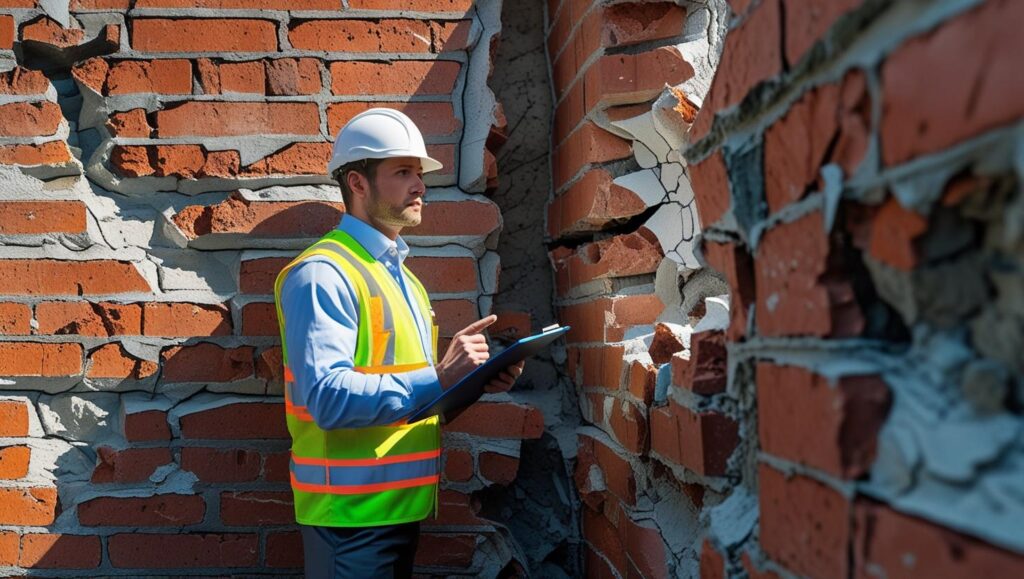
Buying a home is already a big deal. But when a property is flagged as structurally unsound, the stakes — and the questions — rise fast.
Can you even get a mortgage?
Is it worth the risk?
Could it still be a smart investment?
At Empreso, we work with buyers across the UK who encounter these dilemmas more often than you might think — especially in period homes, renovation projects, or off-market opportunities.
This article breaks down what structural unsoundness means, what lenders look for, and how you can still move forward strategically and safely.

🏠 What Does “Structurally Unsound” Mean?
It usually refers to a property that shows signs of instability or movement — cracks, leaning walls, subsiding foundations, or roof sagging — to the extent that it might no longer be considered safe without repair.
This includes:
- Subsidence or heave
- Severe settlement
- Unstable extensions or loft conversions
- Rotten timbers or roof structures
- Major damp causing material decay
🧠 Important distinction: A structurally unsound property isn’t automatically un-mortgageable — but it is high risk for lenders.
🏦 Can You Get a Mortgage on a Structurally Unsound Property?
Yes — but it depends on:
- Severity of the issue
- Whether it’s ongoing or resolved
- What reports and evidence you can supply
- The lender’s risk appetite
🔎 Mainstream lenders vs. Specialist lenders
- High-street banks will likely decline a property flagged as structurally unsound unless full remedial work has been completed and signed off.
- Specialist lenders or bridging finance providers may still offer loans, often at higher interest rates or with stricter terms.
🔧 When Repairs Have Already Been Made…
If the property has been underpinned or stabilised, and you can supply:
- Structural engineer reports
- Building control sign-offs
- Insurance-backed guarantees
… then some lenders will reconsider, especially if the issue is historic and clearly resolved.
📝 What Steps Should You Take as a Buyer?
- Instruct a Full Building Survey (Level 3)
Only a chartered surveyor can confirm whether the problem is cosmetic, structural, ongoing, or resolved. - Speak to a Specialist Mortgage Broker Early
A good broker knows which lenders to approach and how to present the case. (We can refer you to trusted experts.) - Request Documentation
Ask the seller or agent for any existing surveys, reports, or repairs history. - Know Your Exit Plan
Will you fix and refinance? Flip and sell? Hold long-term? Your lender will want to know how the risk is being managed.

💬 Final Thought from Empreso
Buying a property with structural issues isn’t a dead end — but it does require extra strategy, strong professional support, and clear financial planning.
For the right buyer (often cash-rich, renovation-ready, or investor-minded), it can even be a brilliant opportunity.
🚀 Thinking of Buying a Property That Needs Work?
Let’s talk. We can help you:
- Understand the real risk
- Get connected with the right surveyors and brokers
- Negotiate with clarity and confidence
🔗 Book your free Clarity Call
📧 hello@empreso.co.uk | 📱 @empresonetwork
